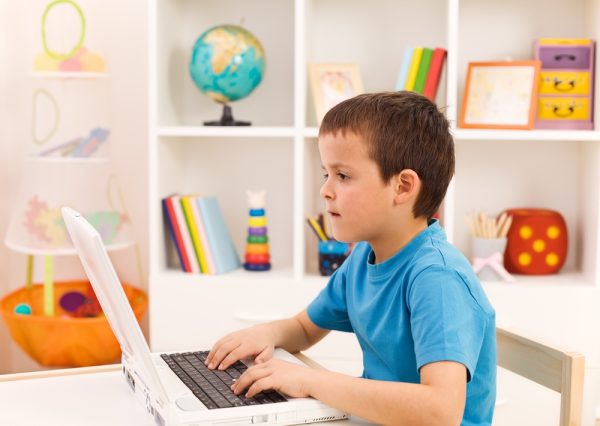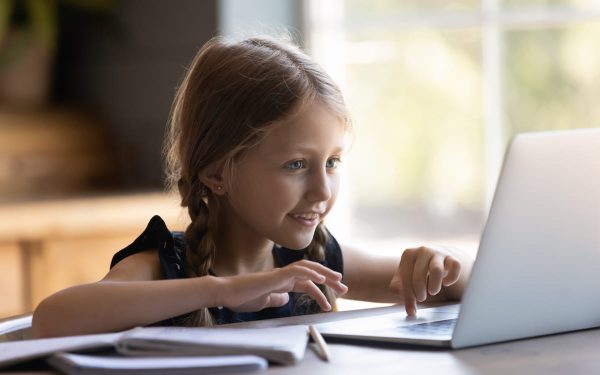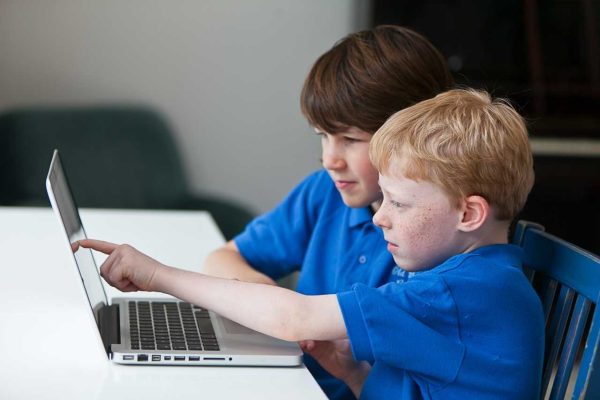Become a professional
game developer
We will teach you how to develop games, from creating 3D models and working out the location to programming the game behavior and developing the interface.

How learning Roblox helps a child

Learn to write code in the LUA programming language. Increase the level of algorithmic and creative thinking

Learn to create objects, characters, animations, and design landscapes. Learn the basics of game and level design

Capture your imagination and create your own, full-fledged game universe on the Roblox Studio platform
reasons to learn Roblox in GurukidsIT

Individual approach
The trainer creates an individual program, taking into account the goal, interests, level of knowledge of the child. The material of the program is chosen so that the child can learn the basics of programming in Roblox in a game form.
Monitoring of academic performance
Our teachers monitor your child’s learning and monitor their progress. After each lesson in your personal account you will receive feedback from them
Concrete result.
A child fascinated by Roblox spends time in a useful way: developing a game, he or she improves the programming skill. And at the end of the course he will create his own project – a game.
Productive Relationships.
Coaches have well-developed communication skills. Therefore, they easily find rapport with children, which effectively influences the learning process and motivates students.
Comfortable schedule
You will be able to plan your child’s learning time in your personal cabinet, reschedule classes for a valid reason, and choose the duration of classes of 60/120 minutes.
Program of Study
The student will create their own game world with characters, script,
surrounding objects, and write code to make the game function.
It can be played by anyone who wants to play it.
Section 1. Introduction (2-4 hours)
Description:
Here, students create games based on ready-made templates, which will help them properly learn the interface of the program and see that game development is not as difficult as it seems at first glance.
Projects:
- “Police Weekdays” game.
- The game “Drift Party” – a control project
Skills:
- Using the Roblox Studio interface.
- Using the ToolBox template library.
- Orientation in the key folders of the project.
- Concept and example of using the GUI.
- Publishing games.
Section 2. Modeling (2-4 hours)
Description:
In this section, the child will learn how to work with 3D Map Models and Landscape to create appropriate visuals for games.
Projects:
- 3D Model of a house.
- 3D Model Tree.
- Mountains and lake – control project.
- Independent creative projects of choice.
Skills:
- Modeling tools (object creation, Negate, Union, Separate).
- Working with the properties of objects.
- Working with the Terrain Editor.
Section 3. Programming (40-70 hours)
Description:
The third and largest section of our program contains theoretical material and assignments through which the student will properly learn the Lua language for programming within game behavior and interaction. From the middle of the section, there is parallel work on creating the games from section 4.
Projects:
- Traffic Light (About Difficult Things Visually).
- First script, inheritance and properties of objects (Theory).
- Variables + GUI (Visual Lessons).
- Variables (Theory).
- Calculator (Intricate visualization).
- Math and logic operators (Theory).
- Conditions (Theory).
- Cycles (Theory).
- Functions (Theory).
- More about function arguments, difference between return and print (Theory).
- Event handling and mouse clicks (Theory).
- Door (About complicated things clearly).
After Project #13, work begins on the full games in the next section:
- Tables (Theory).
- GetChildren (Theory).
- Lanterns (About the complex visually).
- Instances (Theory).
- Paired loops (Theory).
- Local variables (Theory).
- FindFirstChild and WaitForChild (Theory).
- Weld (Theory).
- GUI: Introduction + TextButton (Theory+Project).
- GUI elements: TextBox, ImageLabel, ImageButton (Theory).
- Creating Tools | Coca-Cola (Theory).
- Surface GUI (Theory).
- BillBoard GUI.
- Players.
- Placing and resizing the GUI in Roblox Studio.
- Tweening GUI.
- Boot screen.
- Remote events and functions.
- Games and playthroughs.
- Modular scripts.
- Bindable functions and events.
- Inventory creation.
- Accessories and Proximity Prompt.
- Achievements (Icons).
- Replacement of the standard game sounds.
- Creation of NPCs with dialogs.
Skills:
- Developing game element interactions.
- Creating working components for games.
- Development of the game’s user interface.
Section 4: Game Development (30-45 hours)
Description:
This module contains several games that my students and I are developing to properly understand the process of creating games from scratch.
Projects:
- Parkour (Game Practicum).
- Soccer (Game Practice).
- Soccer (Gaming Workshop).
- Clicker (Gaming Workshop).
- Race.
- Creation of RPG.
- A final project based on a student’s idea.
Skills:
- Full game development cycle – from idea to release to the public domain.
Section 5. Advanced Lua(4-7 hours)
Description:
This section contains materials for advanced students. Using the topics covered here will help make games even better, more varied, and more interesting.
Projects:
- Coroutines.
- Cloud storage.
- Donation Store.
- Music player.
Skills:
- Working with tools in Roblox Studio
- Creating more difficult to implement and interesting in-game systems.
- Using multiple threads.
- Cloud storage.
- Gamepasses.
- Advanced GUI use.
- HTTP Service (ideas for leisure time).
- Creating animations for Roblox in Blender.
- Pathfinding (NPC movement).
How the class goes


1
The student calls the teacher in his personal office at the agreed time and broadcasts his screen to him.

2
The trainer selects the task individually according to the level of the student

3
The student performs the task under the guidance of the coach

4
At the end of the lesson, the trainer, together with the student, sums up the results and gives a homework project to work on the knowledge

5
After each lesson, the parent receives detailed feedback on the lesson

6
At home, the student can sign in at any time in the Personal Cabinet and go over the passed topics again
System Requirements

- Operating system: Windows 8/8.1/10 x64, Mac OS X 12.0 or higher (problems may occur with the installation of Minecraft on win7);
- Processor: Quad-core i5 from Intel 7th Generation (for example) with clock speed from 2.0 GHz
- Installed Internet browser Google Chrome;

- RAM: 8 GB
- Any video card with at least 500 MB of video memory.
- Hard disk space: at least 4-8 GB of free hard disk space

- Microphone or headset; Speakers;
- Internet connection of 1 Mbit/sec.








